| Professor Kari Rissanen is an Academy Professor at the Academy of Finland, where he is currently on leave from the University of Jyväskylä. He was first elected as Associate Professor of Organic Chemistry at University of Joensuu after completing his PhD in chemistry at the University of Jyväskylä.
His main interests lie in the fields of supramolecular chemistry, nanochemistry and X-ray crystallography, with a particular focus on weak intermolecular interactions in solid state materials, solutions and gaseous phases. His group are currently working on new self-organising organic nanoreactors, utilising combinations of metal coordination or halogen bonding, and halogen-bonded and organic two- or three-dimensional frameworks. Here he talks with CrystEngComm about his first crystal structure, and his many projects in the field of supramolecular chemistry. |
Why did you want to become a scientist?
I have been always interested in natural sciences, especially chemistry, and at best scientific research can be like detective work.
What projects are you working on at the moment?
My research is primarily based around the following Academy of Finland funded projects:
• Self-assembly of nano-sized supramolecular assemblies
• Functional materials by metal-directed self-assembly
• Supramolecular complexes and networks – design, photocontrol and function
• Intramolecular charge transfer (ICT) based fluorescent probes for monitoring zinc(II) and anions in gold nanoparticles
• New water-soluble chemo-responsive luminescent materials
• Weak interactions as structural elements in self-assembling molecular systems
What do you think will be the next big breakthrough in your field?
The full utilization of the sub-component self-assembly principle (pioneered by Jonathan Nitschke, Cambridge, UK).
How do you think Crystal Engineering will develop in the next couple of years?
To the understanding and utilization of the hierarchical order of multiple and simultaneously active weak intermolecular interactions.
What is the most rewarding aspect of your work?
I really enjoy being able to help and tutor my students, postdocs and colleagues in resolving their difficult structural problems.
What is the secret to a successful research group?
Motivation and dedication to the research and persistence in overcoming encountered difficulties are all key to the success of a research group.
What achievement are you most proud of?
Winning two consecutive 5-year Academy Professorships – this is the most prestigious scientific research position in Finland.
What advice would you give to a young scientist?
Learn the basics well and keep an open and keen mind to everything new. Focus on your research and try to look it from a different perspective. In case of difficulty seek advice and help from more experienced colleagues and mentors.
What would you do if you weren’t a scientist?
Actually I have never though about this possibility, but maybe some kind of high school teacher?
What is your favourite space group and why?
R-3. Only 4 of my 850 published structures have this space group and in each case this space group has revealed a very interesting structure.
What was your first crystal structure?
Nickel salicylate. This was a product of my M.Sc thesis work which was published in Acta Chemica Scandinavica in 1987.
Read more about Kari’s work in the RSC articles below…
Self-ordering of metallogrid complexes via directed hydrogen-bonding
Artur R. Stefankiewicz, Guillaume Rogez, Jack Harrowfield, Alexandre N. Sobolev, Augustin Madalan, Juhani Huuskonen, Kari Rissanen and Jean-Marie Lehn
Dalton Transactions, 2012, Advance Article
Cooperativity of H-bonding and anion–π interaction in the binding of anions with neutral π-acceptors
Michael Giese, Markus Albrecht, Tim Krappitz, Marius Peters, Verena Gossen, Gerhard Raabe, Arto Valkonen and Kari Rissanen
Chem. Commun., 2012, 48, 9983-9985
(Previously highlighted on this blog!)


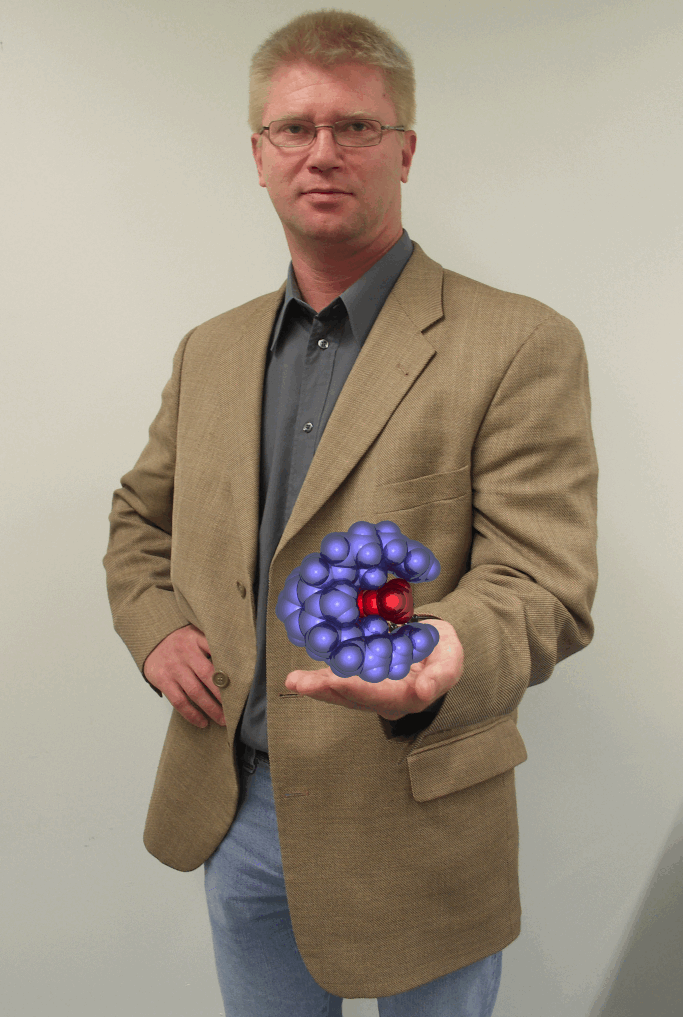
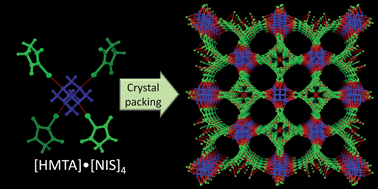










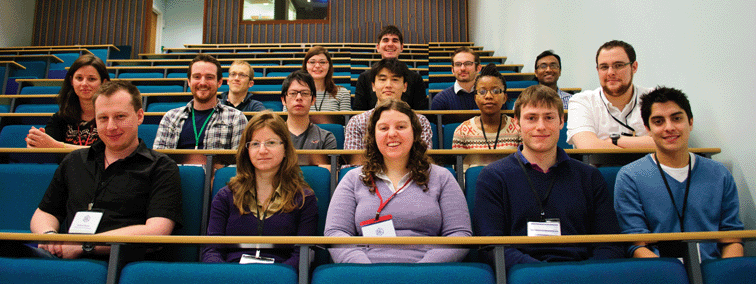
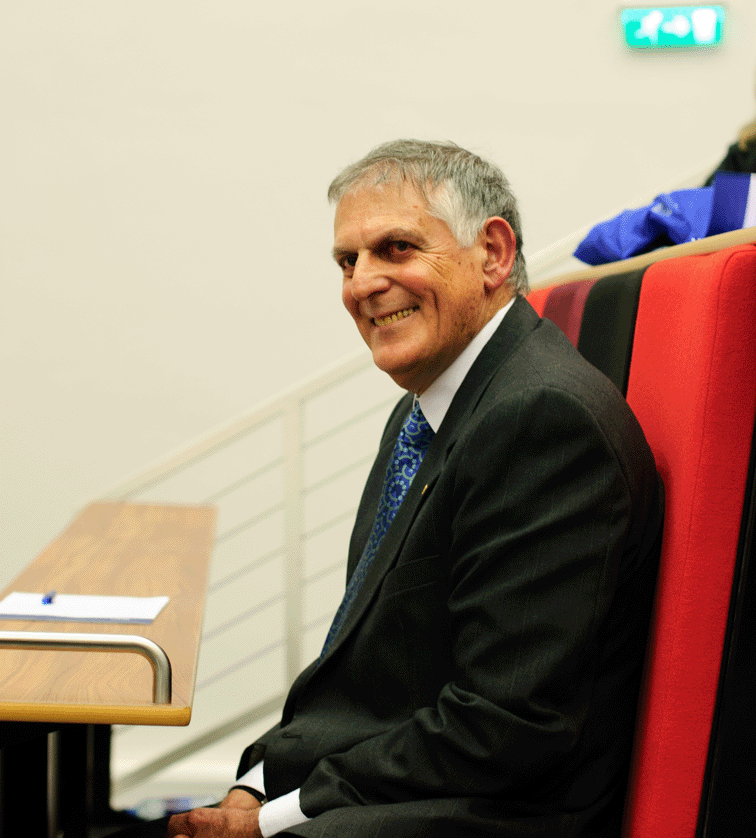
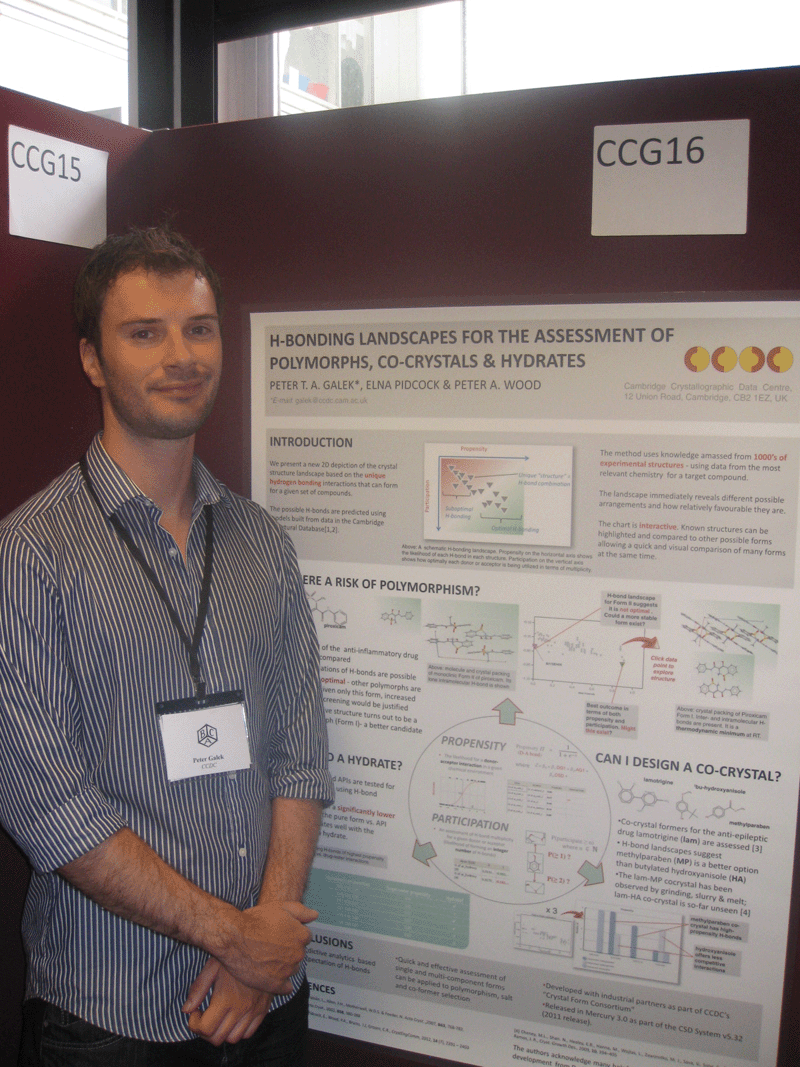
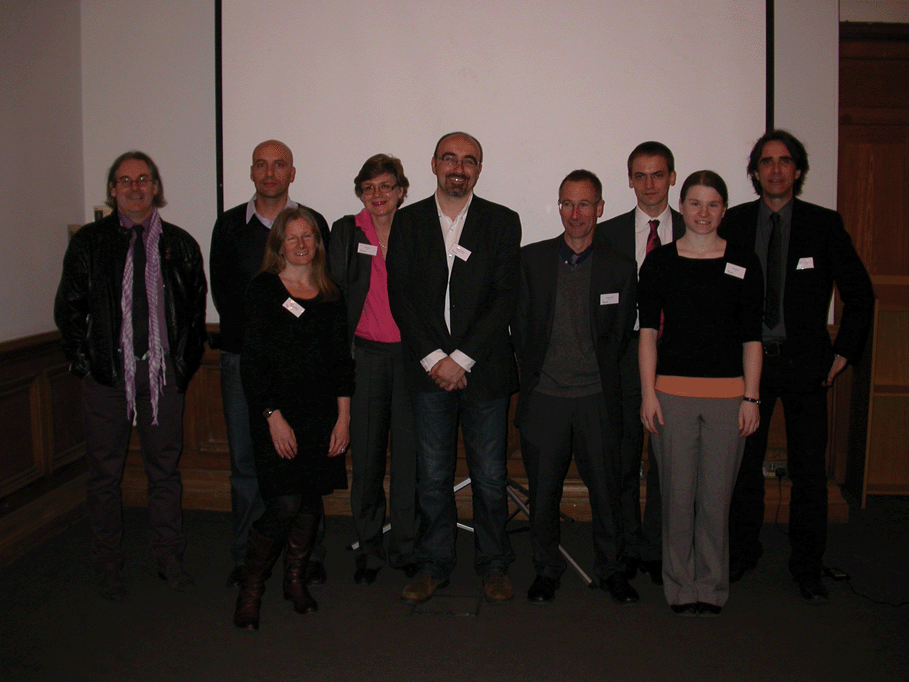
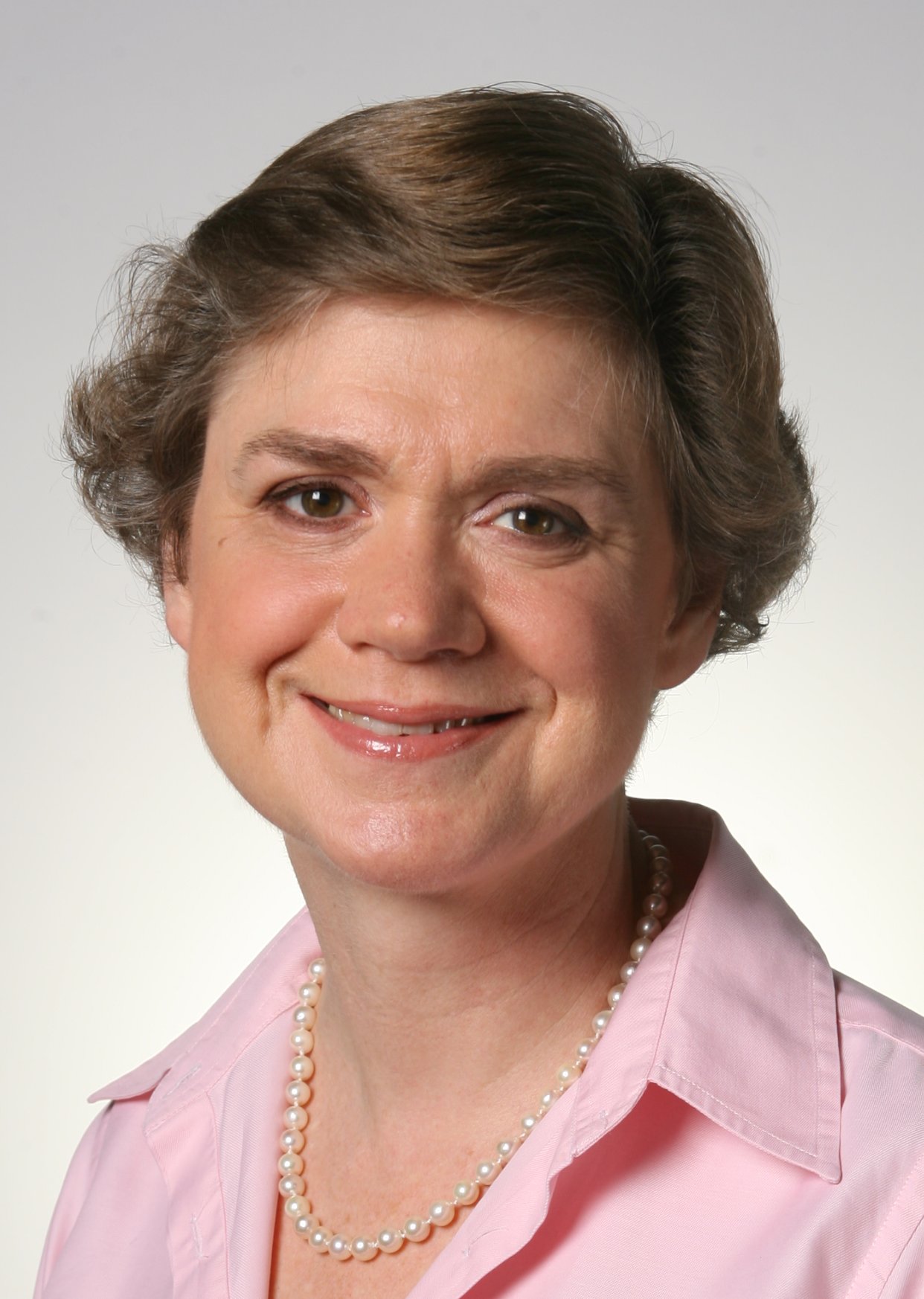
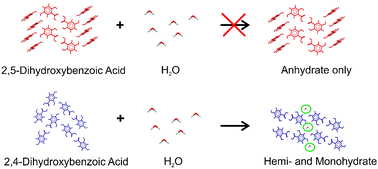
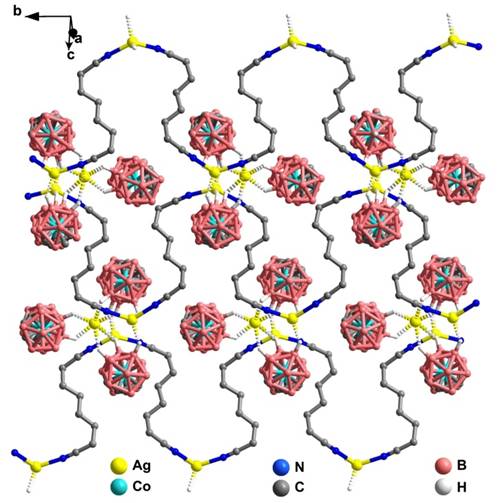
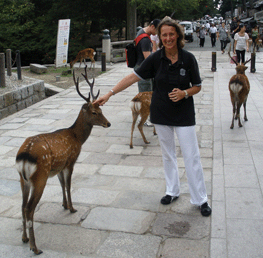
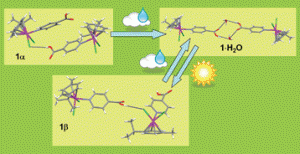

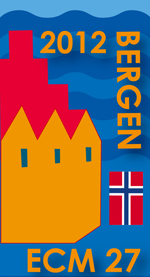 The 27th meeting of the European Crystallographic Association (
The 27th meeting of the European Crystallographic Association (